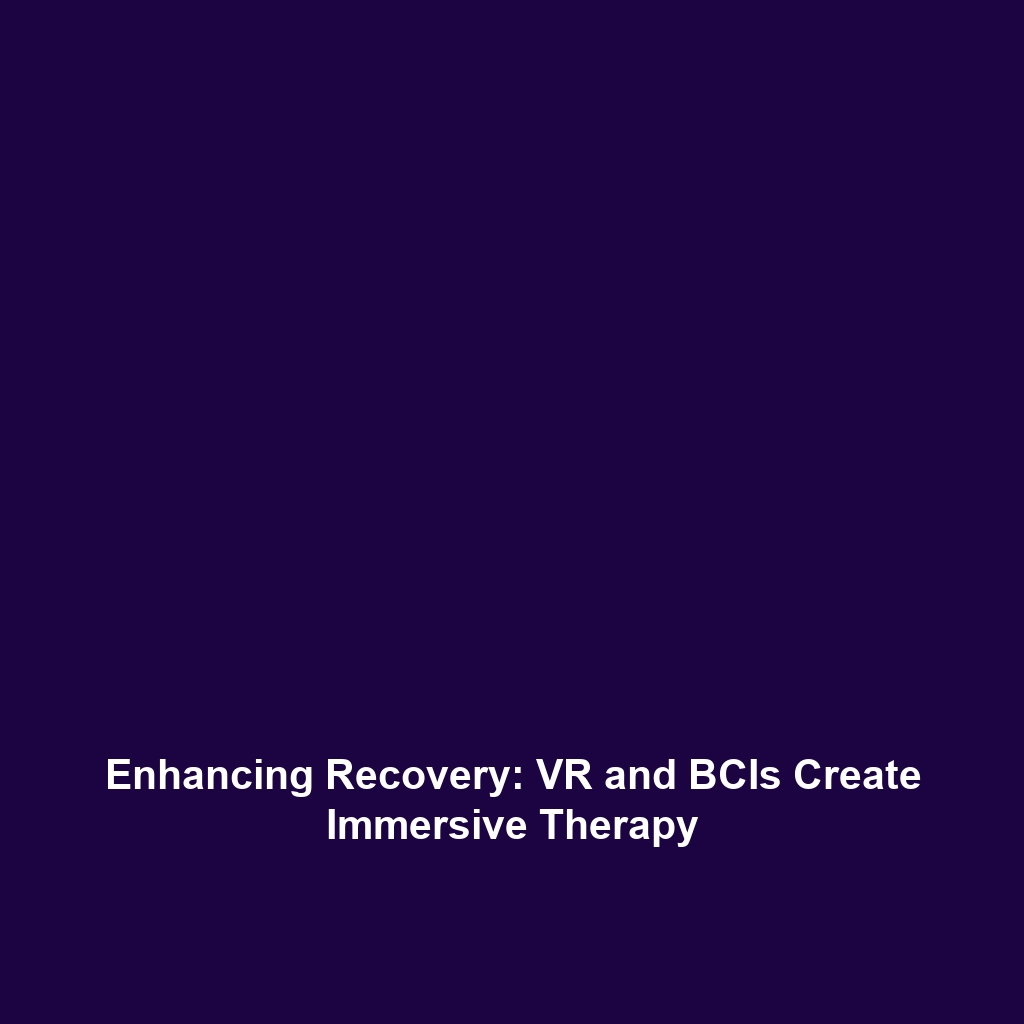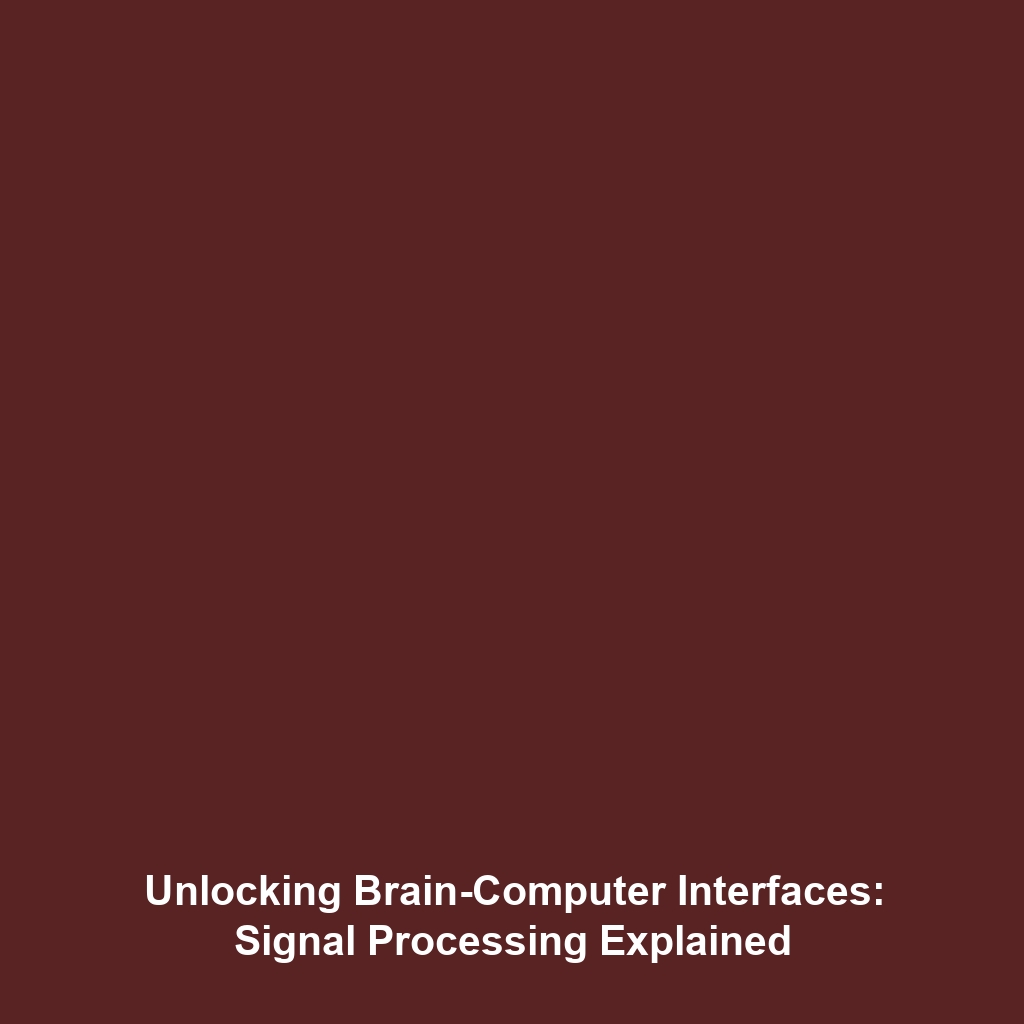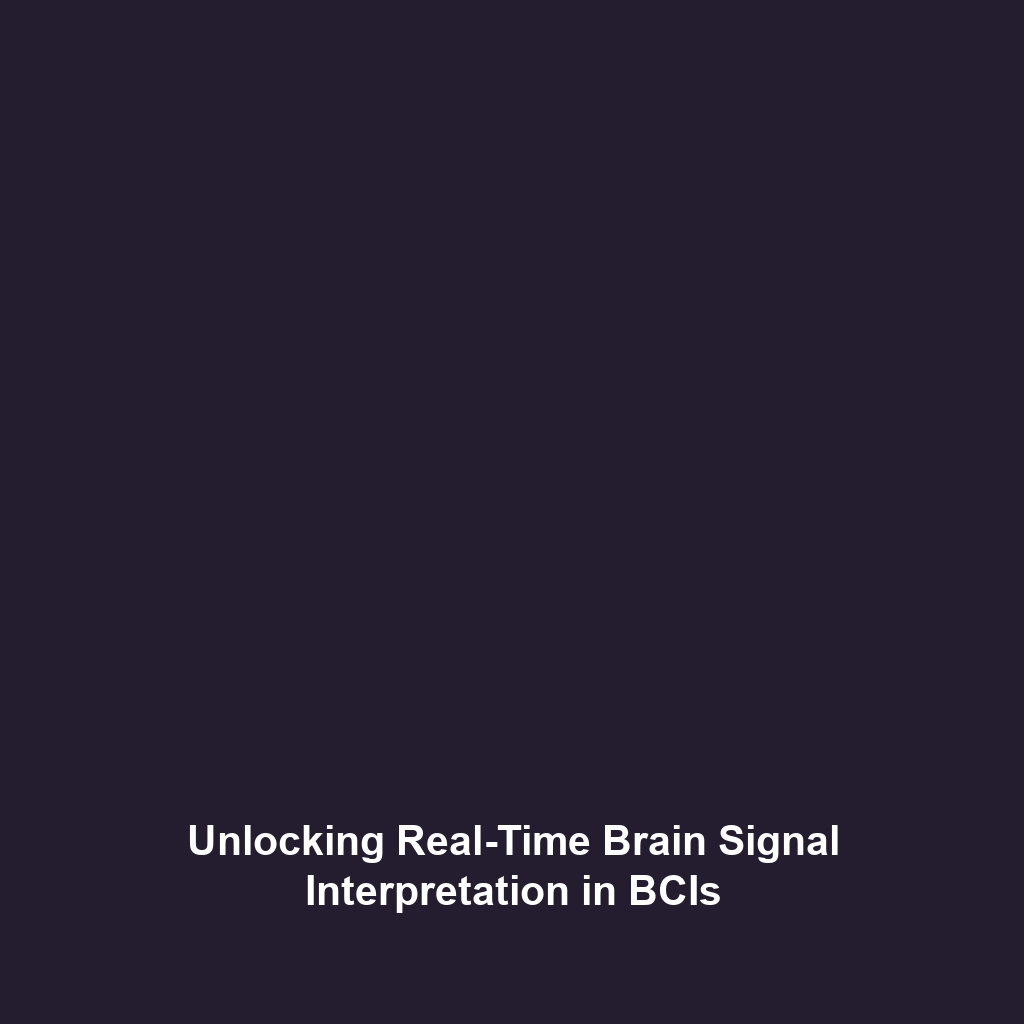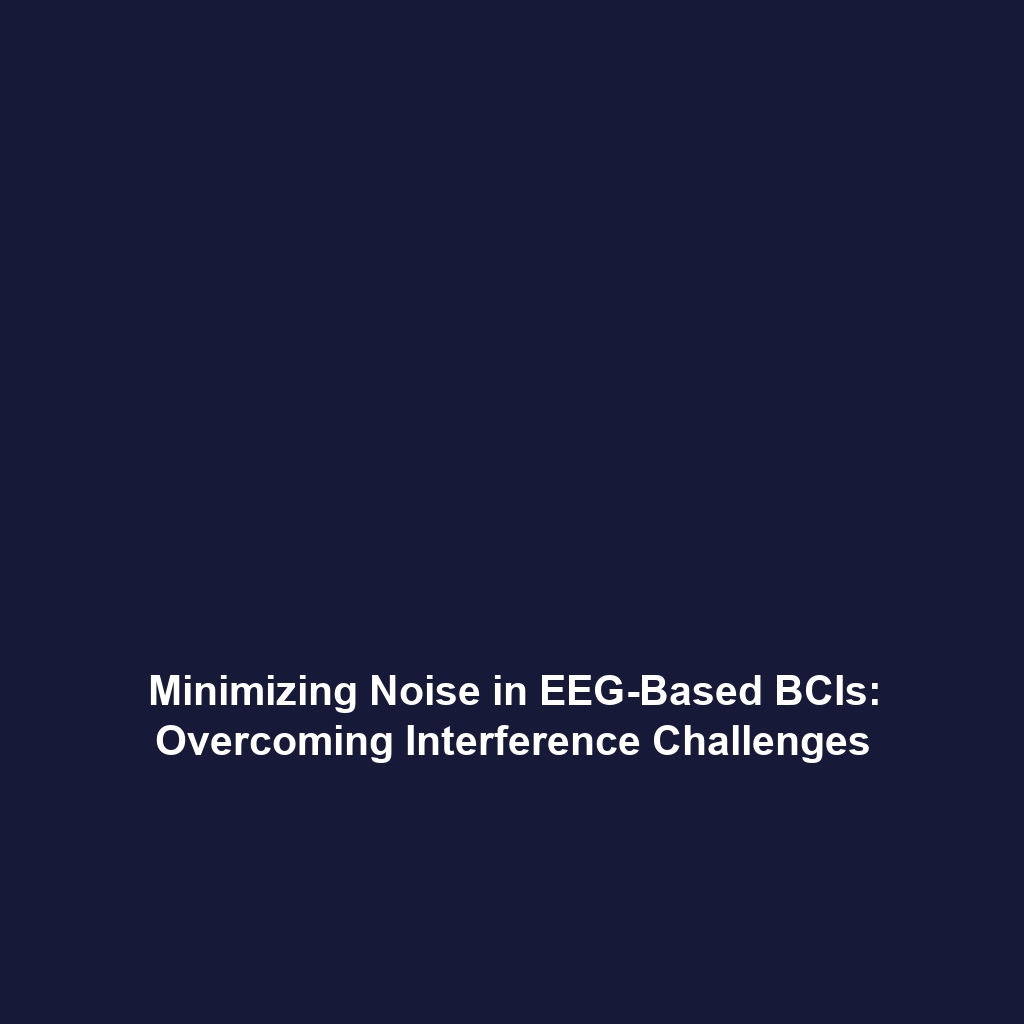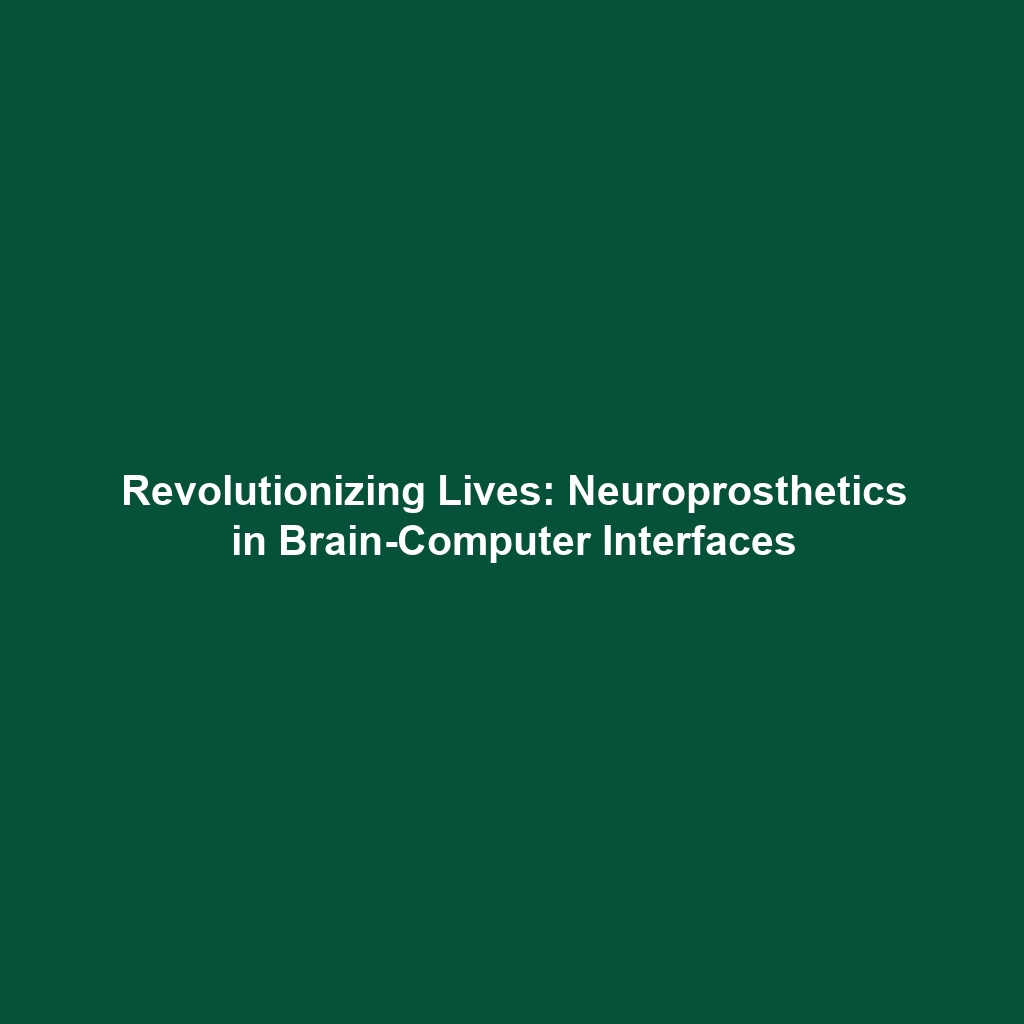KAGRA: Pioneering Cryogenic Gravitational Wave Detection in Japan
Introduction
The Kamioka Gravitational Wave Detector, commonly known as KAGRA, represents a significant advancement in the field of gravitational wave astronomy. Located in Japan, KAGRA utilizes cutting-edge cryogenic cooling technology to enhance its sensitivity in detecting the elusive gravitational waves produced by astronomical events such as black hole mergers and supernovae. As researchers strive to understand the fabric of the universe, KAGRA plays a crucial role in the broader context of gravitational waves, opening new avenues for scientific discovery and astrophysical understanding.
Key Concepts
Principles of Gravitational Waves
Gravitational waves are ripples in spacetime, generated by massive accelerating bodies, predicted by Albert Einstein’s general theory of relativity. KAGRA aims to detect these waves through laser interferometry, which measures minute changes in distance caused by passing gravitational waves. The unique aspect of KAGRA is its use of cryogenic cooling to lower noise levels, thus improving sensitivity compared to other detectors.
Technology and Setup
KAGRA features a 3-kilometer long underground interferometer system, utilizing optical components that operate at cryogenic temperatures. By reducing thermal noise, KAGRA can detect gravitational waves more efficiently, making it an integral component of the global network of gravitational wave observatories.
Applications and Real-World Uses
The applications of KAGRA span various fields of astrophysics and beyond, including:
- Direct detection of gravitational waves, providing evidence of cosmic events.
- Studying the properties and behaviors of neutron stars and black holes.
- Contributing to the multimessenger astronomy field by correlating gravitational wave data with electromagnetic signals.
Understanding how KAGRA is used in gravitational wave detection helps to illuminate its impact on modern astrophysics and our understanding of the universe.
Current Challenges
Despite its groundbreaking capabilities, KAGRA faces several challenges that impact its research and operations:
- Maintaining cryogenic temperatures consistently throughout the detector.
- Minimizing environmental vibrations and noise that can mask gravitational wave signals.
- Integrating data with other gravitational wave observatories to enhance collaborative research.
Addressing these challenges is crucial for maximizing the potential of KAGRA in the study of gravitational waves.
Future Research and Innovations
Looking ahead, KAGRA is expected to spearhead several research initiatives and technological innovations:
- Enhancements in cryogenic technology to further reduce noise levels.
- Development of new algorithms for signal processing to improve data interpretation.
- Collaborative projects with other gravitational wave detectors worldwide to create a comprehensive observational network.
These advancements may significantly expand our understanding of the universe as KAGRA continues to evolve.
Conclusion
In summary, KAGRA (Kamioka Gravitational Wave Detector) in Japan exemplifies a vital endeavor in the pursuit of understanding gravitational waves through its innovative use of cryogenic cooling technology. As our scientific toolkit evolves, KAGRA stands at the forefront, offering invaluable insights into cosmic phenomena. For more information about related topics, visit our pages on gravitational wave astronomy and cutting-edge technologies in space research.




